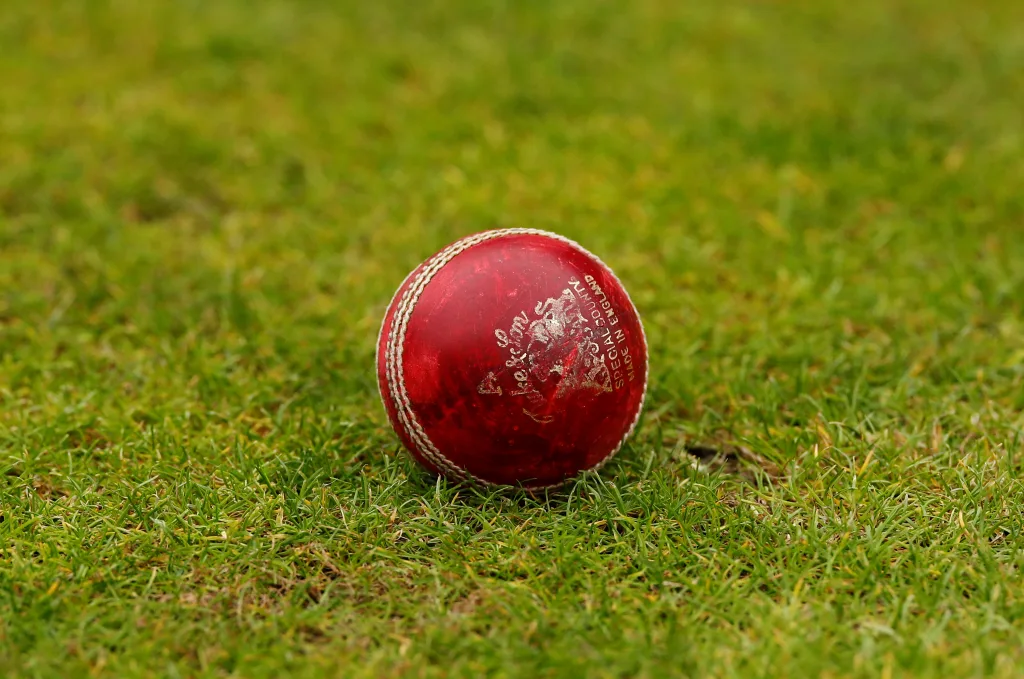In a significant move to enhance fairness and player safety, the International Cricket Council (ICC) has introduced changes to the two-ball regulation and concussion substitute rules in men’s One Day Internationals (ODIs).

These updates, backed by the ICC’s men’s cricket committee and chief executives committee, aim to better balance the contest between bat and ball while providing clearer guidelines on concussion replacements. The new rules will be implemented starting July 2, 2025, in ODIs, following a staggered rollout across all formats.
Table of Contents
Two-Ball Rule Overhauled to Restore Balance
Currently, men’s ODI cricket employs two new balls—one from each end—throughout the innings. The ICC’s revised playing conditions will now have two fresh balls used only up to the 34th over. From the 35th over to the end of the innings (50 overs), the bowling team must select one ball from the two and use it exclusively at both ends. This adjustment intends to “readdress the balance between bat and ball,” reflecting concerns that the dual-ball approach was favoring batsmen excessively in the latter stages of matches.

Additionally, if the match is shortened to 25 overs or less per side before the innings begins, only a single new ball will be used for the entire innings. This clarifies the playing conditions for truncated games, ensuring consistency and fairness even in reduced-over contests.
Concussion Substitutes: Clearer Roles to Avoid Controversies
One of the key changes involves concussion substitute protocols across all men’s international formats. Teams will now have to name five players before the match to act as potential concussion replacements. These must include: one wicketkeeper, one batter, one seam bowler, one spin bowler, and one allrounder.
This new system addresses previous controversies, such as the January 2025 incident where India replaced allrounder Shivam Dube with Harshit Rana, a bowling allrounder, during a T20I against England. Rana’s impact with 3 wickets for 33 runs sparked debate about the like-for-like substitution principle. By specifying player roles beforehand, the ICC hopes to prevent such ambiguity and maintain competitive balance.

Should the substitute player themselves suffer a concussion, the match referee may approve a replacement from outside the pre-nominated list, still following the “like-for-like” protocol currently in place. This flexibility ensures teams are not disadvantaged by unforeseen circumstances involving concussion substitutes.
Tweaks to Catching Regulations to Maintain Fair Play
Besides these significant changes, the ICC has also updated the rules surrounding catches near boundaries. The Marylebone Cricket Club (MCC) has disallowed the so-called “bunny hop”—a technique where fielders leap just outside the boundary to catch the ball and land back inside—effectively banning this maneuver for clean catches. This move aims to maintain the integrity of boundary catches and reduce potential exploitation of the laws.
Read More: MCC Updates Laws to Outlaw ‘Bunny Hop’ Boundary Catches
FAQs
When will the new two-ball rule take effect in men’s ODIs?
The updated two-ball rule starts from July 2, 2025, in men’s One Day Internationals.
What changes have been made to the two-ball rule?
Two new balls will be used until the 34th over, after which the bowling team chooses one ball to use until the innings ends.
How does the concussion substitute protocol work now?
Teams must name five potential concussion substitutes before the match, covering specific roles like wicketkeeper, batter, seam bowler, spin bowler, and allrounder.
What happens if a concussion substitute also gets injured?
The match referee can approve a replacement from outside the nominated list following the like-for-like substitution policy.
What is the change regarding catches near boundaries?
The “bunny hop” catch technique outside the boundary is now banned to maintain fair play on boundary catches.








